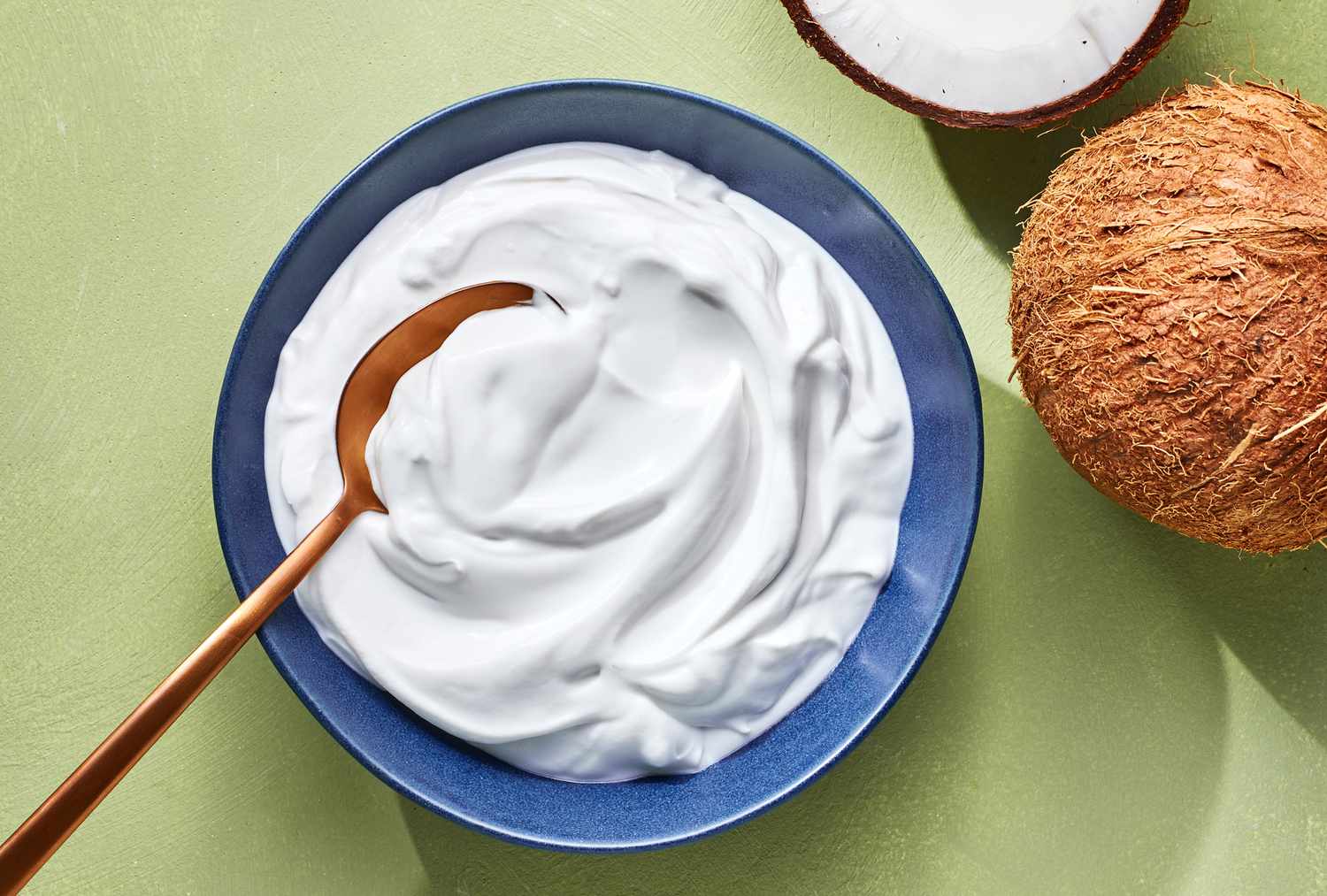

Articles
How To Store Cream Of Coconut
Modified: August 17, 2024
Learn all about how to store cream of coconut with our informative articles. Find out the best methods and tips to keep it fresh and delicious.
(Many of the links in this article redirect to a specific reviewed product. Your purchase of these products through affiliate links helps to generate commission for Storables.com, at no extra cost. Learn more)
Introduction
Cream of coconut is a creamy and sweet ingredient that is commonly used in a variety of delicious recipes. It is made from the meat of mature coconuts, which is blended into a smooth consistency and mixed with sugar. This versatile ingredient adds richness and flavor to tropical drinks, desserts, and savory dishes.
When it comes to using cream of coconut, proper storage is essential to maintain its freshness and quality. Storing it correctly helps to prevent spoilage, maintain its creamy texture, and preserve its natural sweetness. In this article, we will explore the best practices for storing cream of coconut, from selecting the right storage containers to following simple steps to extend its shelf life.
Whether you have an opened or unopened container of cream of coconut, following the proper storage guidelines will ensure that you can enjoy its creamy goodness for as long as possible.
Key Takeaways:
- Proper storage of cream of coconut is crucial to maintain its freshness, creamy texture, and natural sweetness. Use airtight containers, refrigerate after opening, and follow recommended usage timeframes to enjoy its deliciousness for longer.
- Choosing the right storage containers, avoiding temperature fluctuations, and using clean utensils are key to extending the shelf life of cream of coconut. By following simple steps and tips, you can savor its rich flavor in various recipes while minimizing waste.
What is Cream of Coconut?
Cream of coconut is a rich and creamy ingredient that is widely used in both sweet and savory recipes. It is made from the meat of mature coconuts, which is blended and strained to create a smooth and velvety texture. Cream of coconut is slightly thicker than coconut milk and has a naturally sweet taste, making it a popular choice for adding richness and flavor to various dishes.
One of the key characteristics of cream of coconut is its high fat content. The natural oils found in coconuts give this ingredient its creamy texture, making it a great substitute for dairy-based creams in vegan or lactose-free dishes. It is also a staple in many tropical cocktails and mocktails, providing a smooth and tropical flavor profile.
Aside from its culinary versatility, cream of coconut offers numerous health benefits. Coconuts are a good source of healthy fats, vitamins, and minerals. Cream of coconut contains medium-chain triglycerides (MCTs), which are easily digested and provide a quick source of energy for the body. It is also rich in lauric acid, which has antifungal and antibacterial properties.
When using cream of coconut in recipes, it is important to note that it is not the same as coconut cream. While they may appear similar, coconut cream is the thick layer of cream that rises to the top of a can of coconut milk, whereas cream of coconut is a separate product specifically made for culinary use.
Now that we understand what cream of coconut is, let’s move on to why proper storage is crucial for maintaining its quality and taste.
Why Proper Storage is Important
Proper storage of cream of coconut is essential for maintaining its freshness, flavor, and quality. Failing to store it correctly can lead to spoilage, texture changes, and a decline in taste. Here are a few reasons why proper storage is important:
- Preventing Spoilage: Like any food product, cream of coconut is susceptible to spoilage if not stored properly. Contamination by bacteria, yeast, and molds can occur if the product is exposed to air, light, or moisture. This can lead to off flavors, strange odors, and potential health risks.
- Maintaining Creamy Texture: Cream of coconut has a naturally creamy texture that enhances the taste and mouthfeel of dishes. Incorrect storage can cause the product to separate or become grainy, resulting in a less appealing texture. Proper storage methods help to preserve the creamy consistency of the cream of coconut.
- Preserving Natural Sweetness: Cream of coconut is known for its natural sweetness, which adds depth of flavor to recipes. Improper storage can cause the sweetness to diminish or change, altering the taste of the final dish. Properly stored cream of coconut retains its natural sweetness and enhances the overall flavor of your culinary creations.
- Minimizing Waste: By storing cream of coconut properly, you can extend its shelf life and minimize waste. Wasted product not only affects your budget but also contributes to environmental waste. Proper storage allows you to use the cream of coconut over an extended period, reducing the likelihood of unnecessary disposal.
By understanding the importance of proper storage, you can ensure that your cream of coconut maintains its quality and flavor, allowing you to create delicious recipes without any compromise.
Best Storage Containers for Cream of Coconut
Choosing the right storage containers for cream of coconut is crucial to maintain its freshness and quality. Here are some of the best options:
- Glass Jars: Glass jars with tight-fitting lids are an excellent choice for storing cream of coconut. Glass containers are non-reactive, meaning they won’t leach any harmful chemicals into the product. They also provide airtight and light-resistant storage, helping to preserve the flavor and texture.
- Airtight Plastic Containers: If you prefer a lightweight and portable option, airtight plastic containers with secure lids can be a suitable choice. Look for containers that are specifically designed for food storage and are made from BPA-free materials to ensure the safety of your cream of coconut.
- Sealable Bags: For those who prefer a space-saving option, sealable bags can be a convenient choice. Opt for high-quality, food-grade bags that have a strong seal to prevent any leakage or contamination. Be sure to remove as much air as possible before sealing the bag to minimize oxidation.
- Canned Containers: If you purchase cream of coconut in cans, you can use the original container for storage. Simply ensure that the can is tightly sealed and store it in a cool, dry place away from direct sunlight. Once opened, transfer any remaining product to a suitable storage container to prolong its freshness.
Remember to choose containers that are clean, dry, and free from any lingering odors. It is also a good practice to label the containers with the date of purchase or opening to keep track of the cream of coconut’s shelf life.
Now that you know the best storage containers, let’s move on to the steps for properly storing cream of coconut.
Store cream of coconut in an airtight container in the refrigerator. It can also be frozen for longer storage. Always check the expiration date before using.
Steps for Storing Cream of Coconut
Follow these simple steps to ensure proper storage of cream of coconut:
- Check the Expiry Date: Before storing, take note of the expiry date on the container of cream of coconut. It’s important to use the product before it expires to ensure optimal quality.
- Seal the Container Properly: Whether you’re using the original container or transferring the cream of coconut to a different storage container, make sure it is properly sealed. This will prevent air, light, and moisture from entering, which can lead to spoilage and flavor changes.
- Store in a Cool and Dark Place: Cream of coconut should be stored in a cool and dark place, away from direct sunlight and heat sources. High temperatures can cause the product to spoil more quickly and can negatively affect its texture and taste.
- Avoid Temperature Fluctuations: Fluctuating temperatures can also impact the quality of cream of coconut. Try to keep it in a location where the temperature remains relatively consistent, such as a pantry or cupboard.
- Refrigerate After Opening: Once the container has been opened, it’s best to refrigerate the cream of coconut. This helps to extend its shelf life and maintain its freshness. Transfer any unused portion to a suitable airtight container before refrigerating.
- Use Clean Utensils: When scooping the cream of coconut from the container, ensure that you use clean utensils to avoid introducing contaminants. This will help prevent the growth of bacteria or other microorganisms.
By following these steps, you can ensure that your cream of coconut remains in optimal condition for as long as possible, allowing you to enjoy its creamy goodness in your favorite recipes.
Read more: How To Store Coconut Cream After Opening
Tips for Extending the Shelf Life of Cream of Coconut
To make sure your cream of coconut stays fresh for an extended period, consider these tips:
- Keep it Away from Air and Light: Exposure to air and light can cause oxidation and degradation of the cream of coconut. Store it in airtight containers and keep them in a dark and cool place to maintain its quality and prevent spoilage.
- Don’t Contaminate: Avoid cross-contamination by using clean utensils when scooping out the cream of coconut. This helps to prevent the introduction of bacteria and prolongs its shelf life.
- Don’t Freeze It: Cream of coconut does not freeze well and can separate or change in texture when frozen. It is best to store it in the refrigerator rather than the freezer.
- Check for Signs of Spoilage: Regularly inspect the cream of coconut for any signs of spoilage, such as off odors, mold growth, or changes in color or consistency. If you notice any of these signs, discard the product to avoid any health risks.
- Use it within the Recommended Timeframe: Cream of coconut typically has a recommended usage timeframe after opening. Check the label or container for guidance on how long it is safe to use after opening.
- Follow Recipe Proportions: When using cream of coconut in recipes, it is essential to follow the recommended proportions. Adding too much cream of coconut can alter the texture and taste of the final dish, and may also impact its shelf life.
- Store Small Portions: If you frequently use cream of coconut in your recipes, consider dividing it into smaller portions before storing. This way, you can thaw and use only what you need without exposing the entire container to air and contaminants.
By incorporating these tips into your storage routine, you can prolong the shelf life of your cream of coconut and ensure that it remains fresh and flavorful for all your culinary creations.
Conclusion
Proper storage of cream of coconut is essential for maintaining its freshness, flavor, and quality. By following the steps and tips outlined in this article, you can ensure that your cream of coconut remains delicious and ready to use for an extended period.
Choosing the right storage containers, such as glass jars or airtight plastic containers, helps to keep the cream of coconut protected from air, light, and moisture. Storing it in cool and dark places, away from temperature fluctuations, is also important to preserve its taste and texture.
Refrigerating the cream of coconut after opening and using clean utensils to prevent contamination are further measures to extend its shelf life. Regularly checking for signs of spoilage and following the recommended usage timeframes are also essential for maintaining the quality and safety of the product.
By properly storing cream of coconut, you can minimize waste, enjoy its natural sweetness, and ensure that it continues to enhance your tropical drinks, desserts, and savory dishes.
Remember, each time you use cream of coconut, take a moment to appreciate its velvety texture and rich flavor. And whenever you need it for your culinary adventures, you can rely on your well-stored cream of coconut to deliver a coconutty experience that will transport your taste buds to a tropical paradise.
Frequently Asked Questions about How To Store Cream Of Coconut
Was this page helpful?
At Storables.com, we guarantee accurate and reliable information. Our content, validated by Expert Board Contributors, is crafted following stringent Editorial Policies. We're committed to providing you with well-researched, expert-backed insights for all your informational needs.

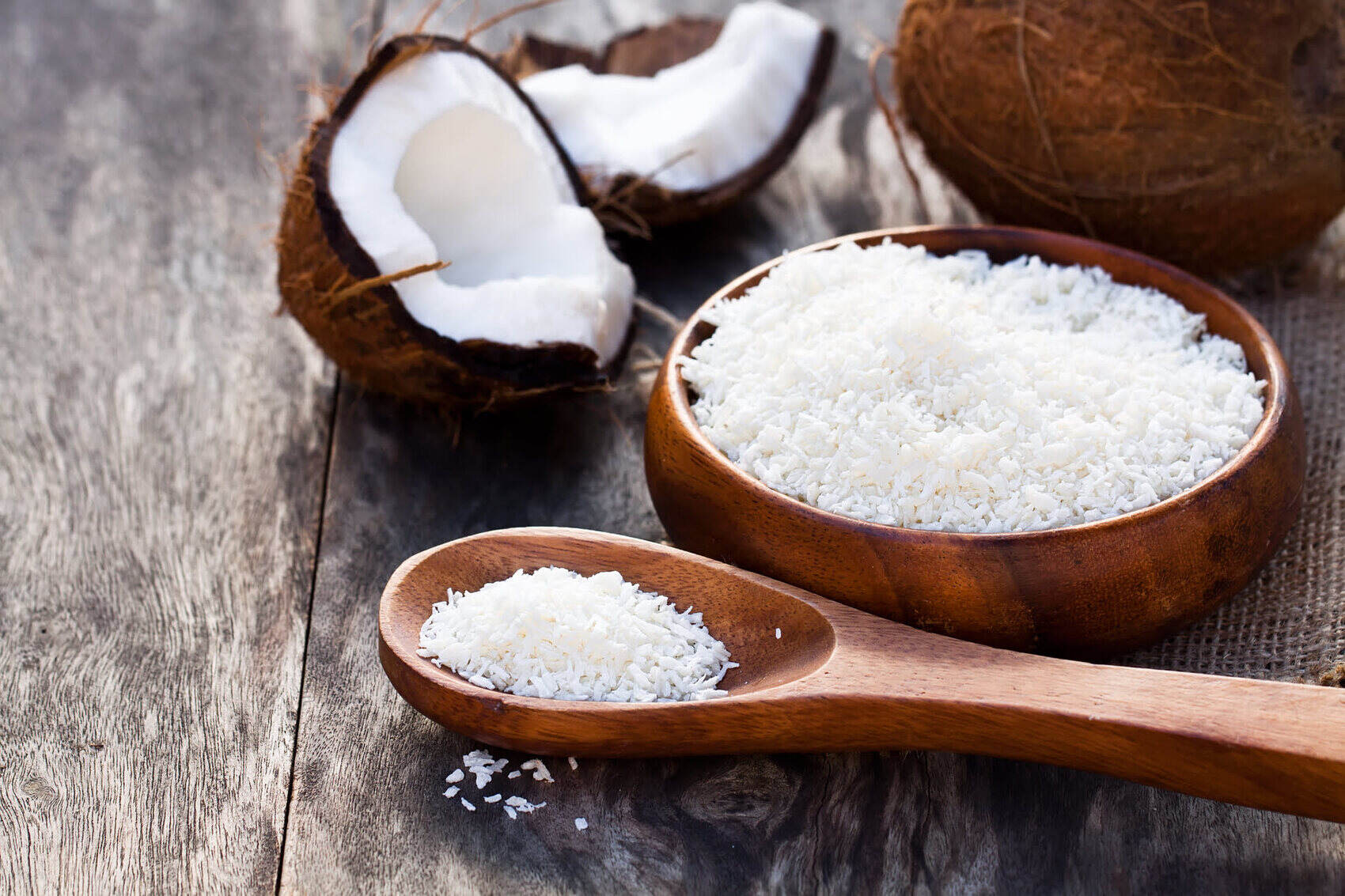
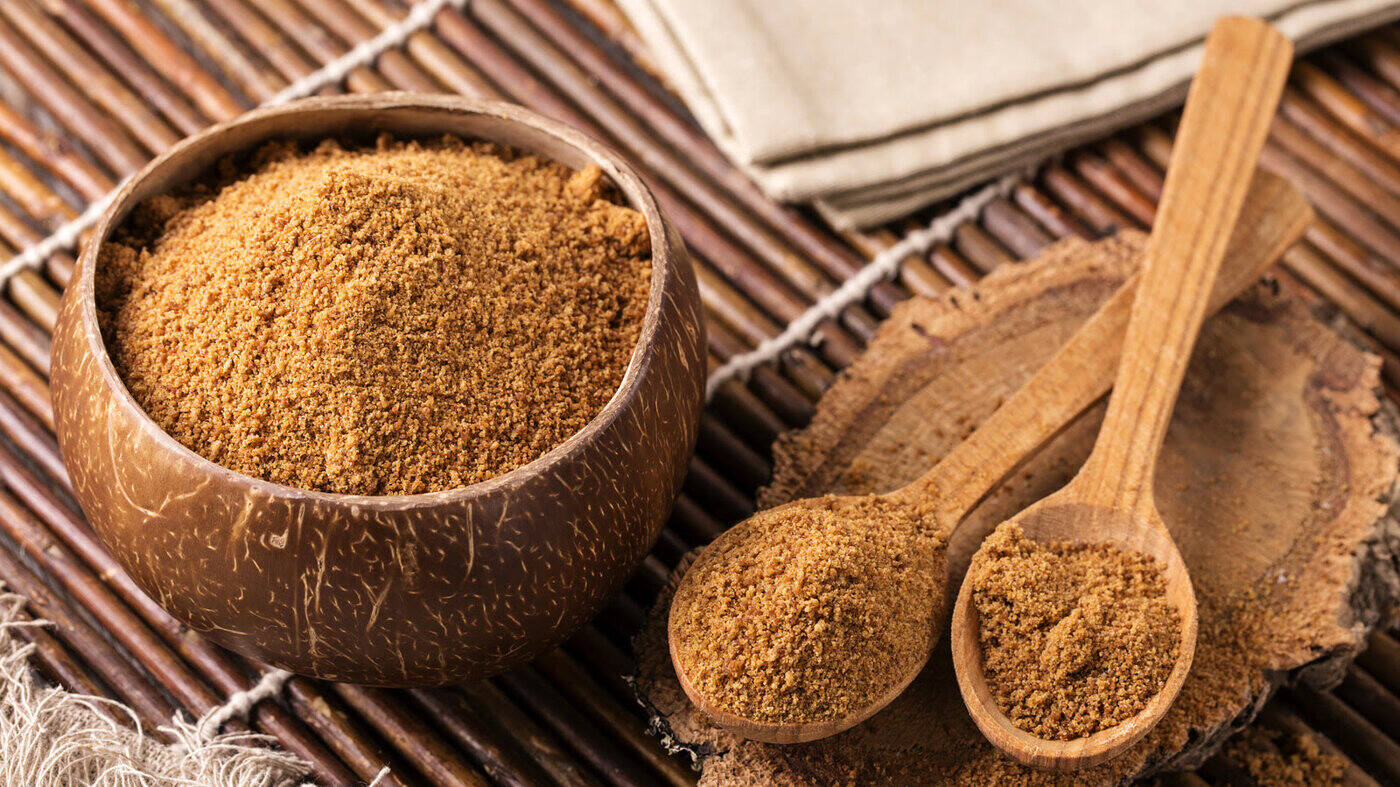
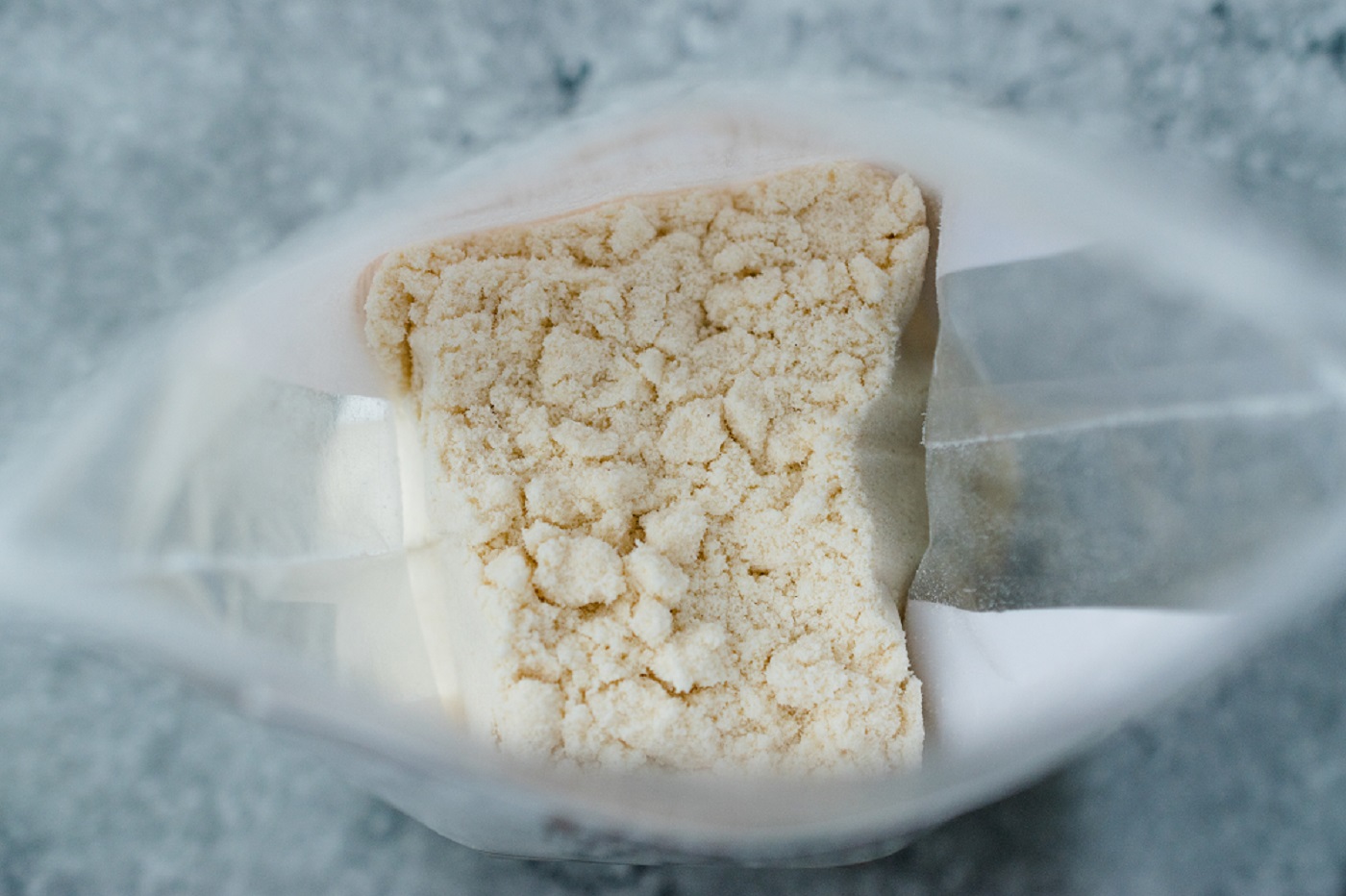
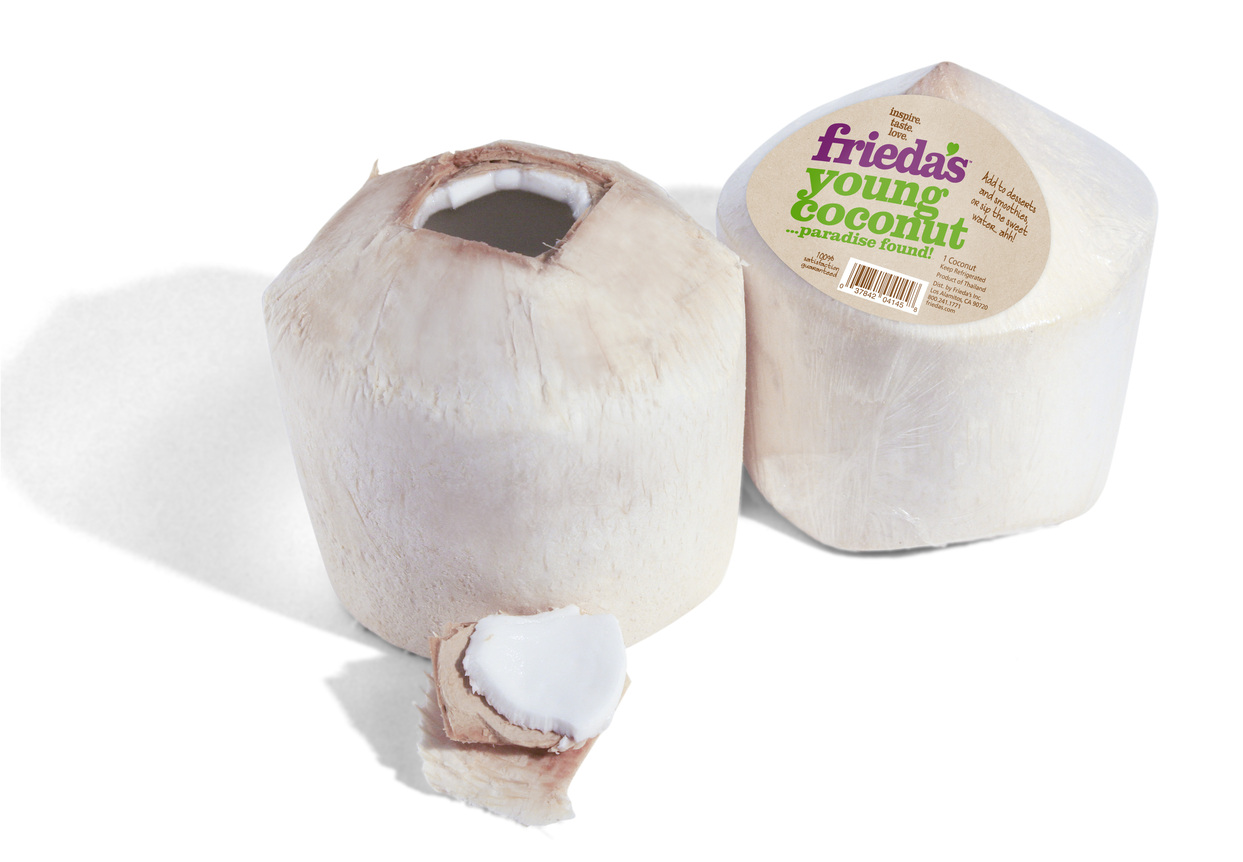
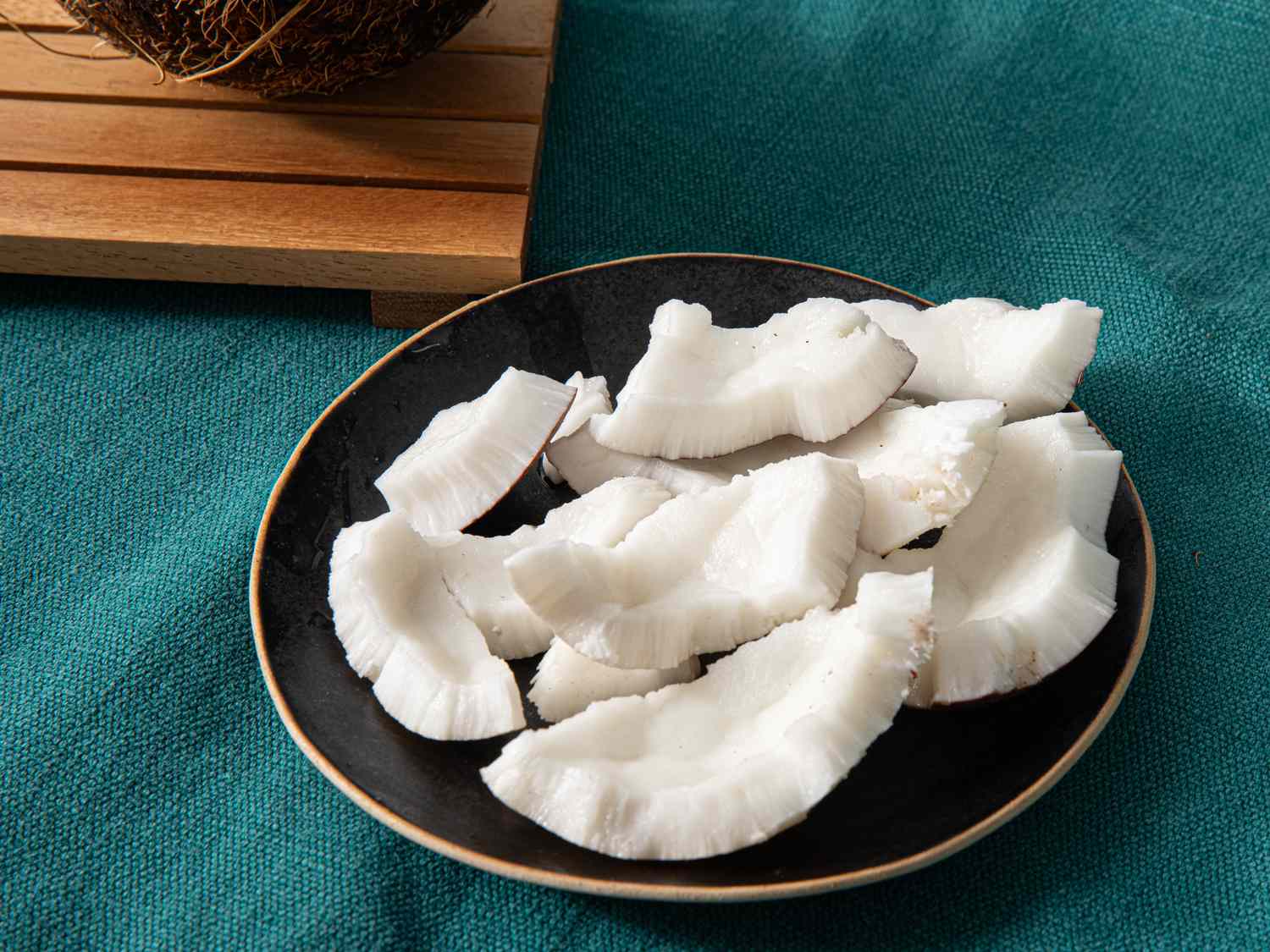
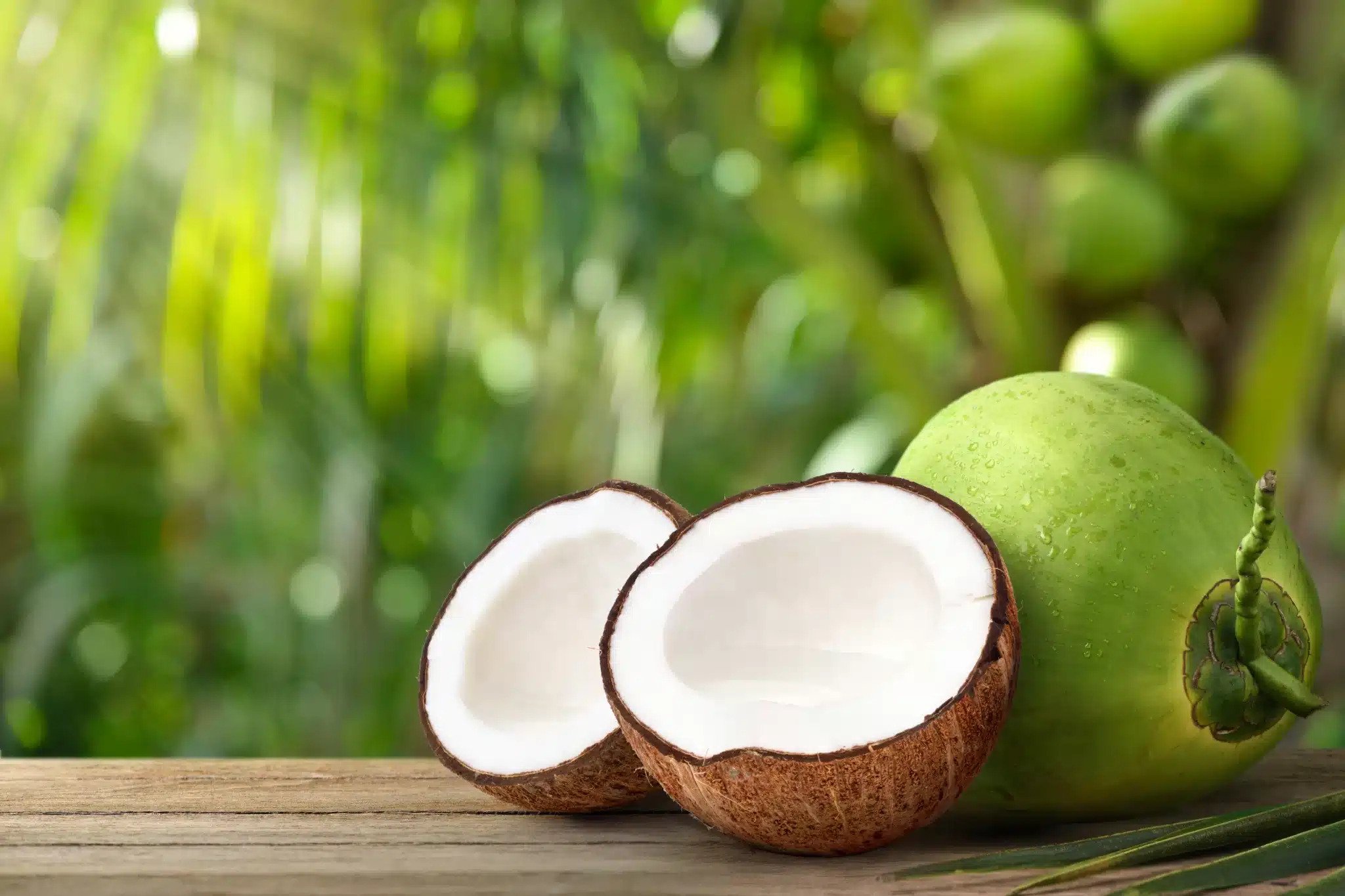
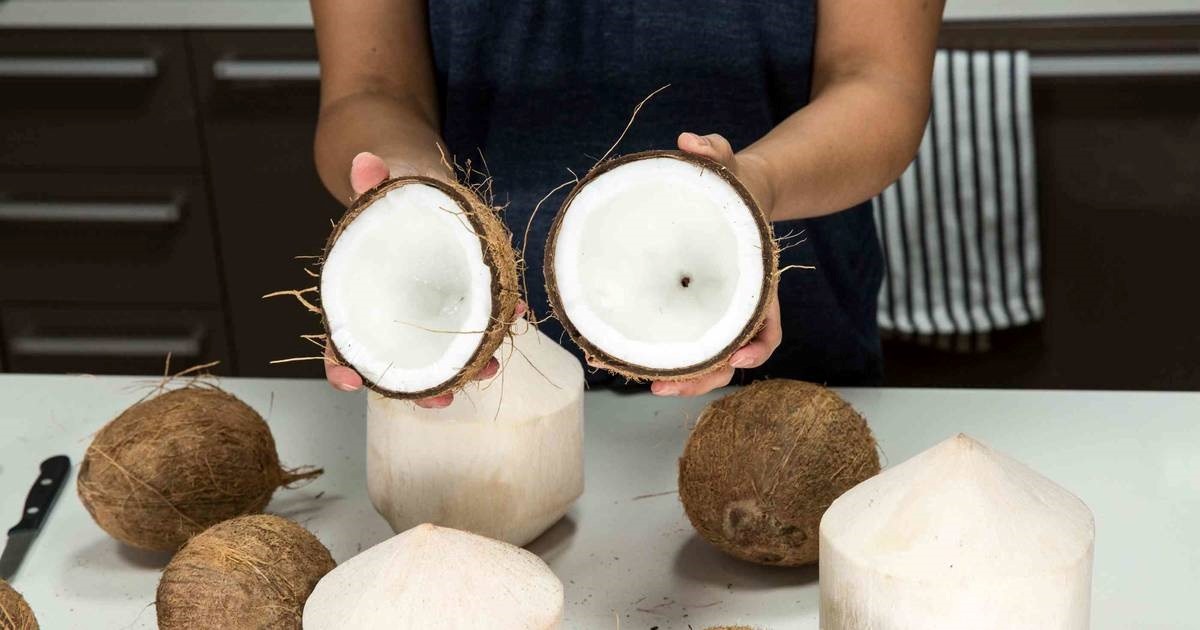
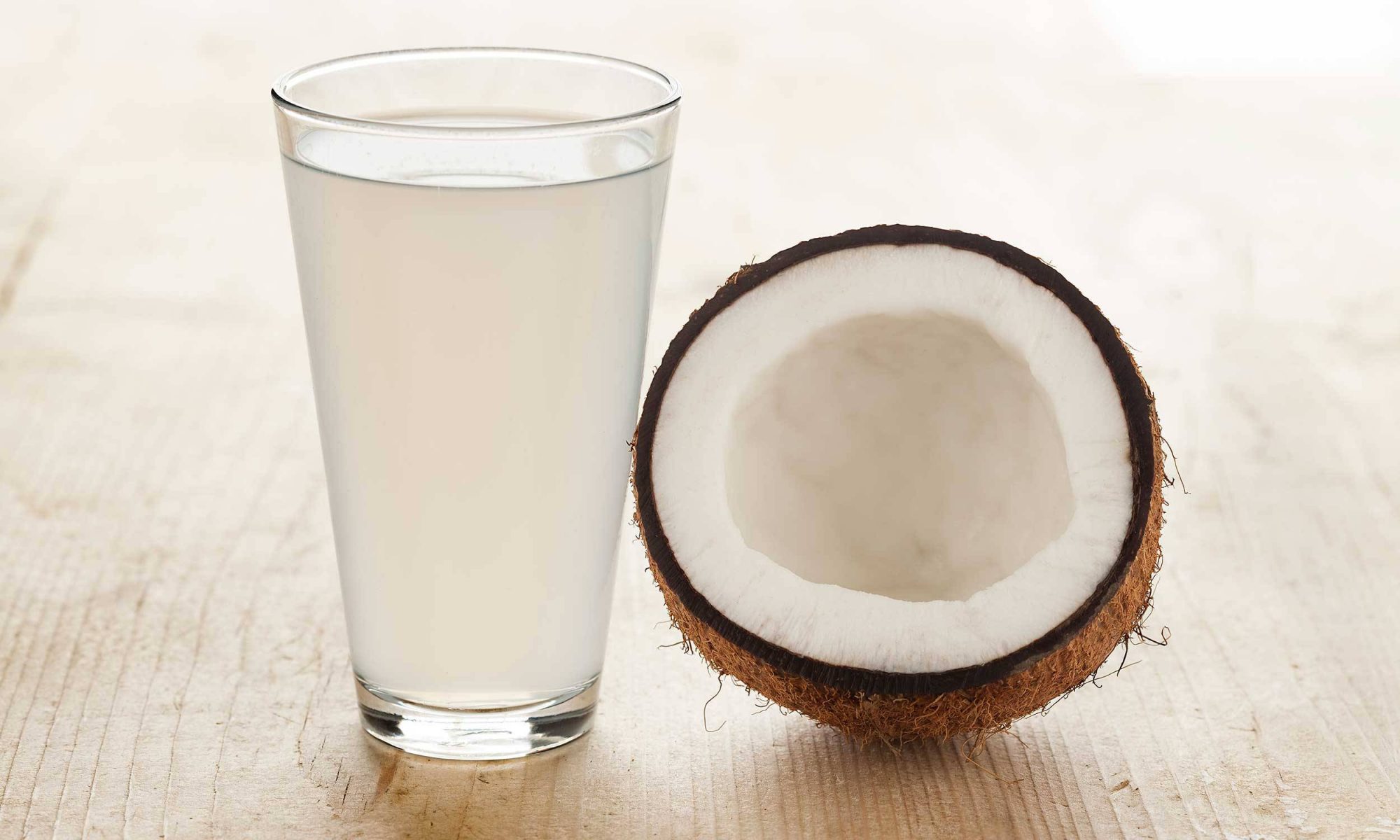

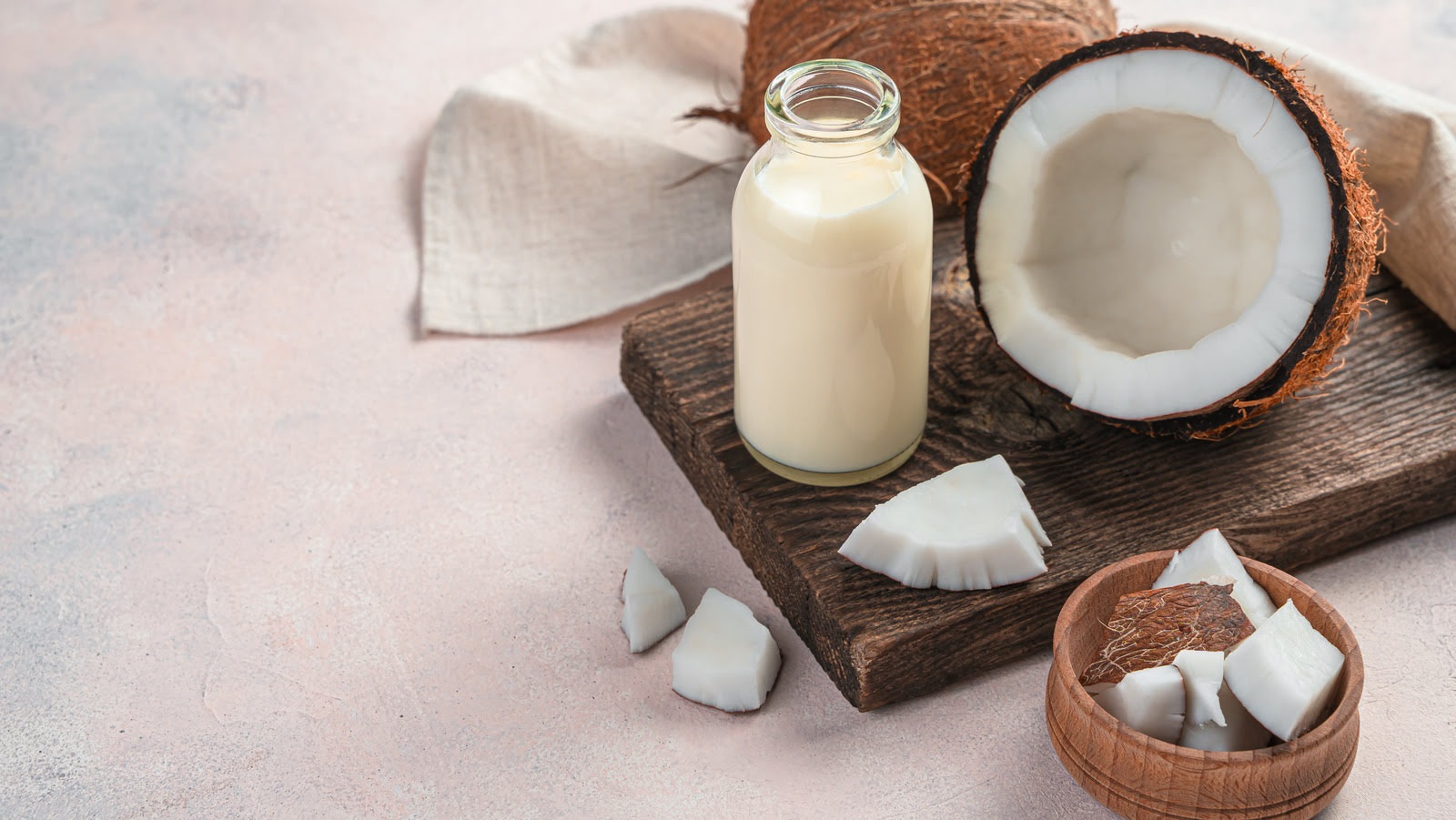
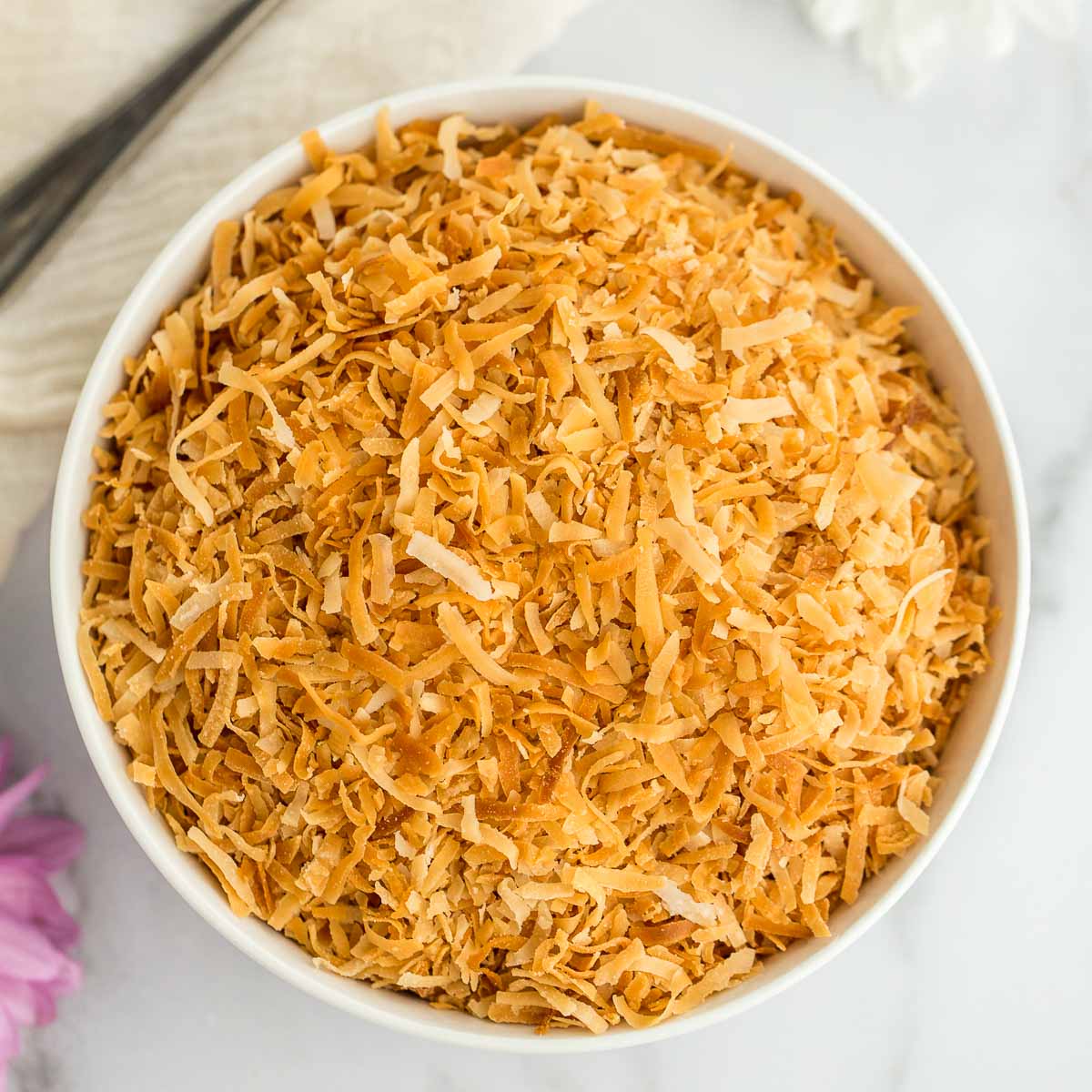
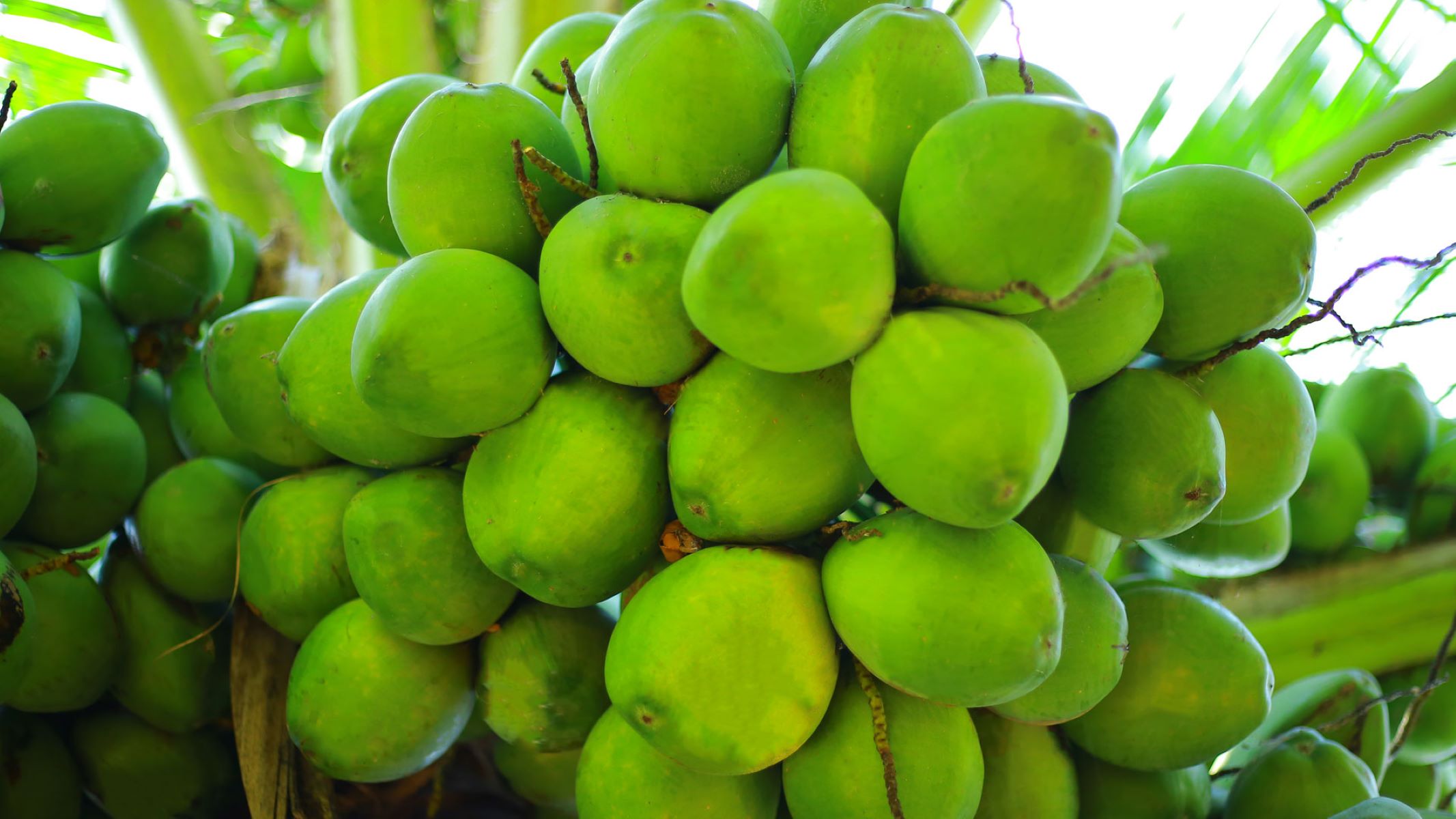
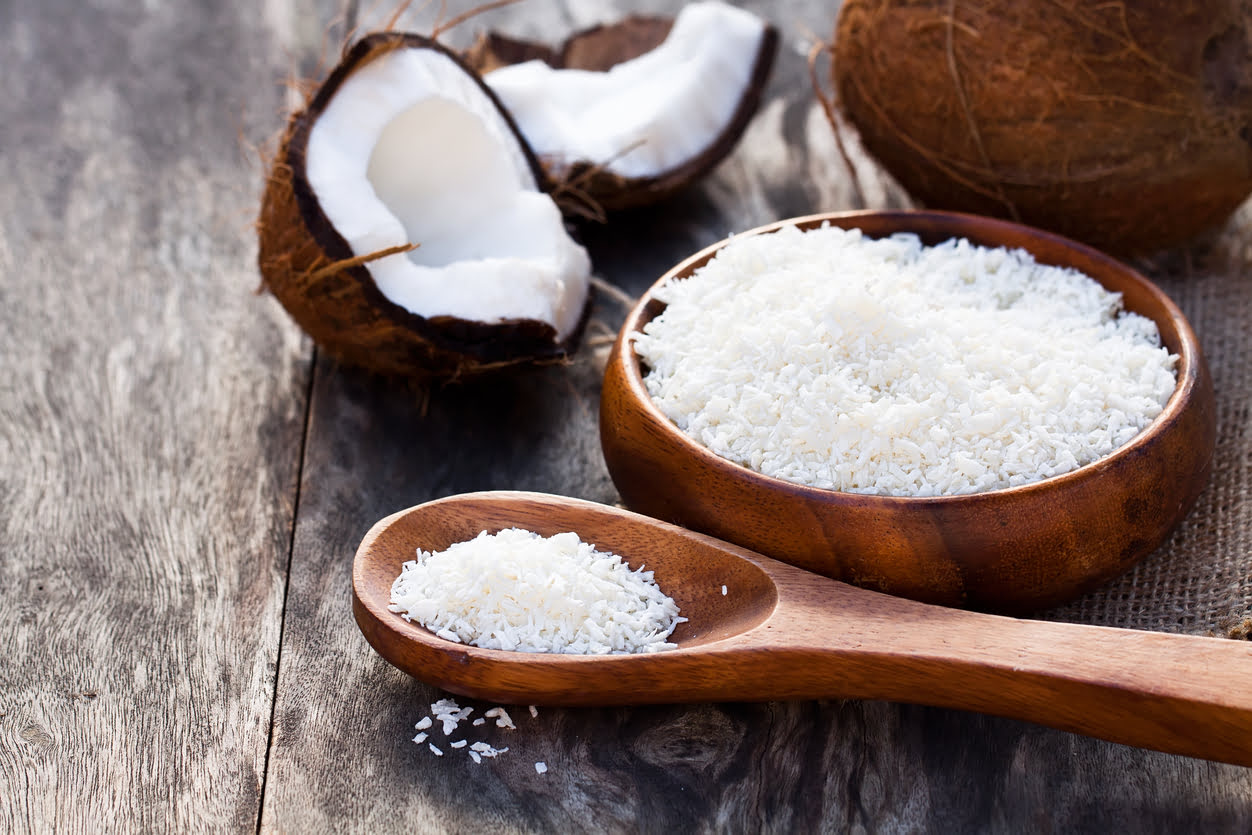

0 thoughts on “How To Store Cream Of Coconut”